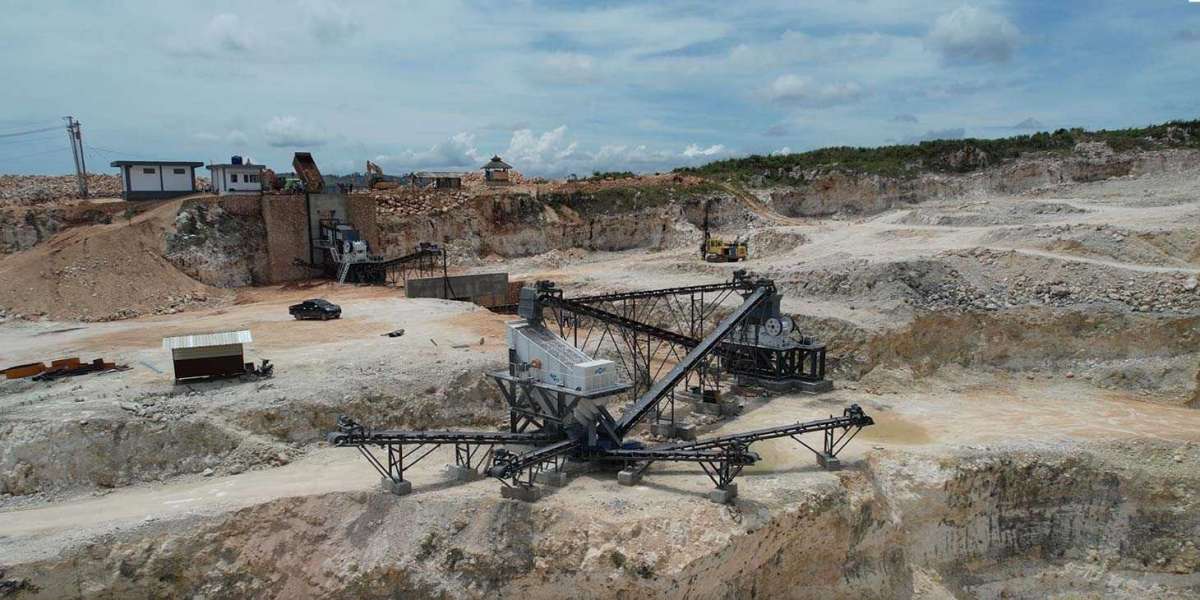In today’s fast-evolving aggregates industry, efficiency and uptime are no longer just competitive advantages—they are survival tactics. Stone crusher plants, operating in rugged terrains and exposed to relentless material throughput, demand a new caliber of visibility. Enter the Internet of Things (IoT) and telematics—an alliance of digital intelligence and remote connectivity that is quietly transforming how operations are controlled, monitored, and optimized. What was once a blind zone of mechanical guesswork has now become a field of data-rich foresight.
With real-time insights streaming from sensors to dashboards, operators can now act with informed precision. No more waiting for failures. No more relying on gut instinct. This digital revolution brings a level of responsiveness and foresight that the industry has long needed—and it's only just beginning. Below, we explore how these technologies are carving a smarter path forward for stone crusher plant management.
Data-Driven Decision Making
Turning Machines into Intelligent Assets
The integration of IoT sensors into stone crushing equipment transforms otherwise mute machines into communicative assets. These sensors monitor variables such as vibration levels, motor load, oil pressure, and bearing temperatures. Every pulse of the machine is captured and transmitted. This continuous stream of granular data eliminates ambiguity.
Operators no longer interpret signals based on sound or smell—they rely on objective data. These machines are no longer just operational—they are diagnosticians of their own condition. With each data packet, the system nudges teams towards preventative maintenance over reactive fixes. It’s a shift from firefighting to foresight.

Performance Insights for Smarter Planning
By analyzing this real-time telemetry, teams can visualize bottlenecks in production and recalibrate for efficiency. Perhaps a secondary cone crusher is lagging due to uneven feed or a conveyor belt’s speed is out of sync with crushing capacity. These subtle mismatches, once invisible, become strikingly clear through dashboards and trend graphs.
The result is data-validated decision making. Resource allocation, machine utilization, and maintenance planning are no longer educated guesses—they are calculated moves. Every insight harvested from IoT and telematics builds a smarter operational rhythm.
Enhanced Operational Visibility
Remote Monitoring Across Multiple Sites
Stone crushing often occurs in remote quarries, many miles from the nearest urban center. Before telematics, plant supervisors needed to be on-site or rely on delayed reports to make sense of operations. That’s no longer the case. Now, from a single control center—or even a mobile device—managers can access live metrics from multiple crushing plants across a region.
Whether it's throughput volumes, downtime causes, or component health, all key performance indicators are visible in real-time. This level of operational omnipresence fosters quicker intervention, improved accountability, and faster root-cause resolution. It’s a significant reduction in blind spots and wasted hours.
Geo-Fencing and Equipment Tracking
Telematics isn’t just about data—it’s about location awareness too. Through GPS-enabled units, stone crushing equipment can be geo-fenced to specific areas. If a machine moves beyond its designated perimeter, alerts are triggered. This deters theft, unauthorized use, and logistical confusion.
Additionally, tracking mobile crusher plants across dynamic job sites becomes seamless. Teams always know where each asset is and whether it’s active, idle, or in need of service. These location-centric insights are a linchpin for fleet optimization and job site safety.
Predictive Maintenance Downtime Reduction
From Downtime to Uptime with Predictive Alerts
One of the most valuable outcomes of IoT and telematics is their ability to detect anomalies before they cascade into critical failures. If a bearing is running hotter than usual, or a hydraulic system starts to vibrate erratically, the system flags it immediately. Alerts are sent to technicians—sometimes even before the operator notices a problem.
This approach drastically reduces unscheduled downtime. Repairs are scheduled, parts are pre-ordered, and production stays on track. In industries where downtime costs thousands of dollars per hour, this predictive layer offers immense financial relief.
Lifecycle Management of Critical Components
Beyond day-to-day monitoring, IoT data also contributes to a broader view of asset longevity. Usage trends, load cycles, and stress factors are logged and analyzed over time. This enables plant managers to forecast component wear and replace critical parts at optimal intervals—not too early, not too late.
With this intelligence, the plant evolves from being reactive to truly strategic in its maintenance planning. It’s not just about keeping the plant running—it’s about running it longer, stronger, and more profitably.







